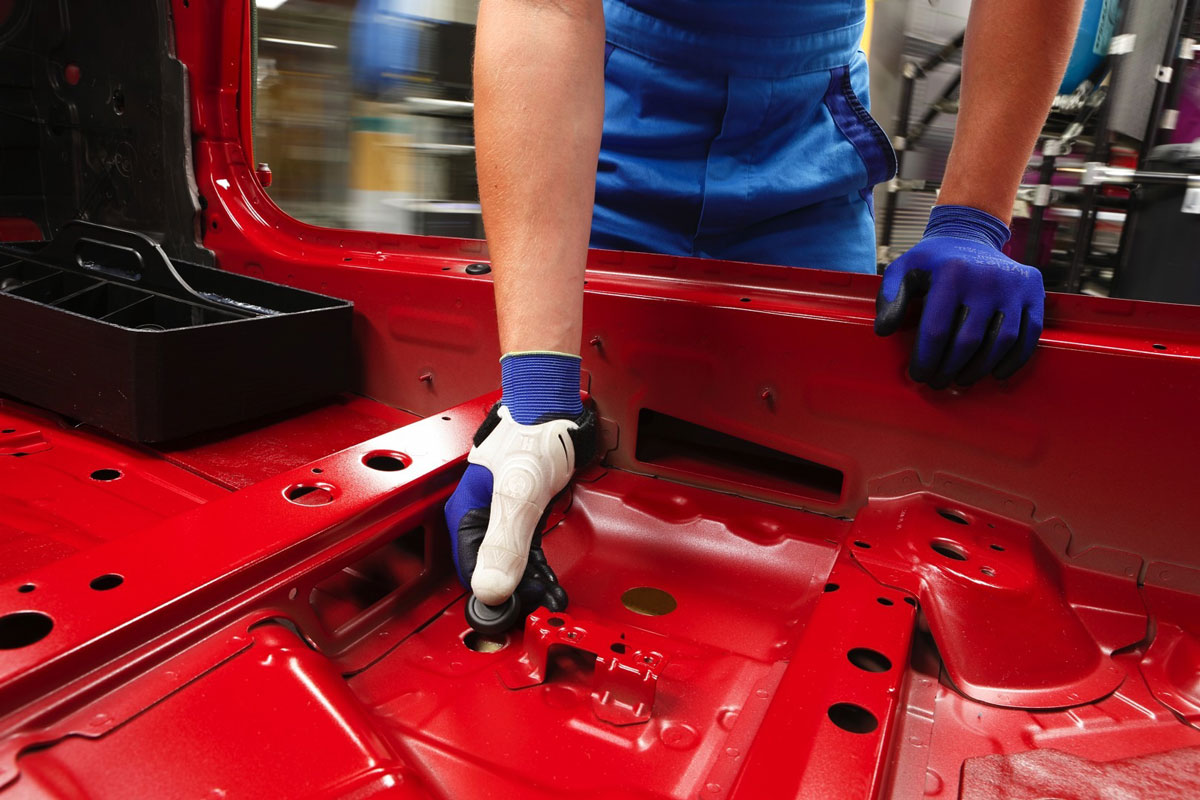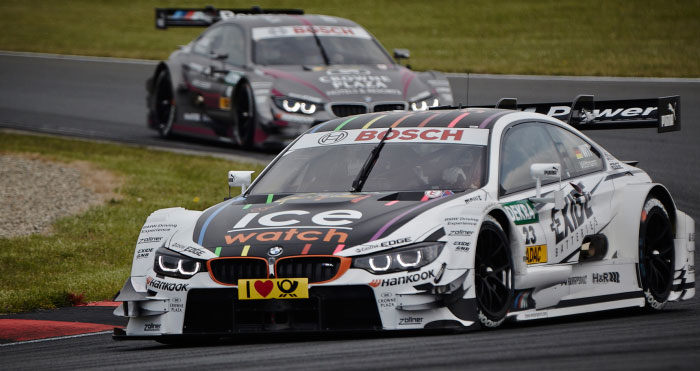It is safe to say that the BMW Group (BMW:GR) was one of the earliest commercial adopters of 3D printing — it has applied the technology for rapid prototyping since 1989. Using a range of additive manufacturing methods the Rapid Technologies Center produces nearly 100,000 components a year at the BMW Group’s Research and Innovation Center in Munich, ranging from vehicle components for functional tests to plastics holders to design patterns. Now, BMW is applying its expertise in additive manufacturing to making precise ergonomic aids.
The BMW Group uses a variety of additive technologies including selective laser sintering, stereolithography, fused deposition modelling and polyjet printing. In an inspiring example of 3D printing for an ergonomic edge, in 2012 BMW produced highly customised wheelchair seats for the Paralympic British basketball team. Compared with its conventionally manufactured counterparts these 3D printed seats were considerably lighter and created a highly personalised fit for the athletes. Both these facets gave the competitors a technological advantage to bring out the very best of their highly disciplined and practiced skills.
Recently, an innovative new 3D printed ergonomic tool has been introduced at BMW, a flexible finger cot, which protects workers against excess strains upon thumb joints during assembly activities. Every one of these flexible assembly aids is totally unique, made in-house, customised to the specific form and size of every worker’s hand.
To prevent unnecessary over-stretching and over-straining of a worker’s thumb joint, these cots —made of thermoplastic polyurethane — are worn on the thumb akin to a second skin. The joint aid is open to allow unrestricted movement of the thumb, at the back of the thumb the plastic material is reinforced. If the thumb is stretchedthe reinforced elements collide to form a splint. Thus the exerted effort is spread across the entire thumb. Currently BMW is evaluating how the assembly aids can be applied to become tools in a number of other production areas.

Thermoplastic polyurethane is elastic but rigid at higher material strengths, it is high in mechanical tensile strength which enables the material to resist strong strains without tearing. BMW has been involved in research projects that have recently resulted in the market maturity of the material following several years of development.
This simple ergonomic tool is but one of myriad ways that the BMW Group is applying additive manufacturing technologies in their production processes. The company’s Rapid Technologies Center can produce completely new components within just a few days. The 3D printed components are applied in vehicle development and testing, individual provisions in production and even in sections designed to endure high levels of strain in BMW ‘s German Touring Car Masters vehicles. The BMW Group states that it finds additive manufacturing technologies a particular economic advantage in low volume production procedures where the requirement for forming tools is eliminated.




